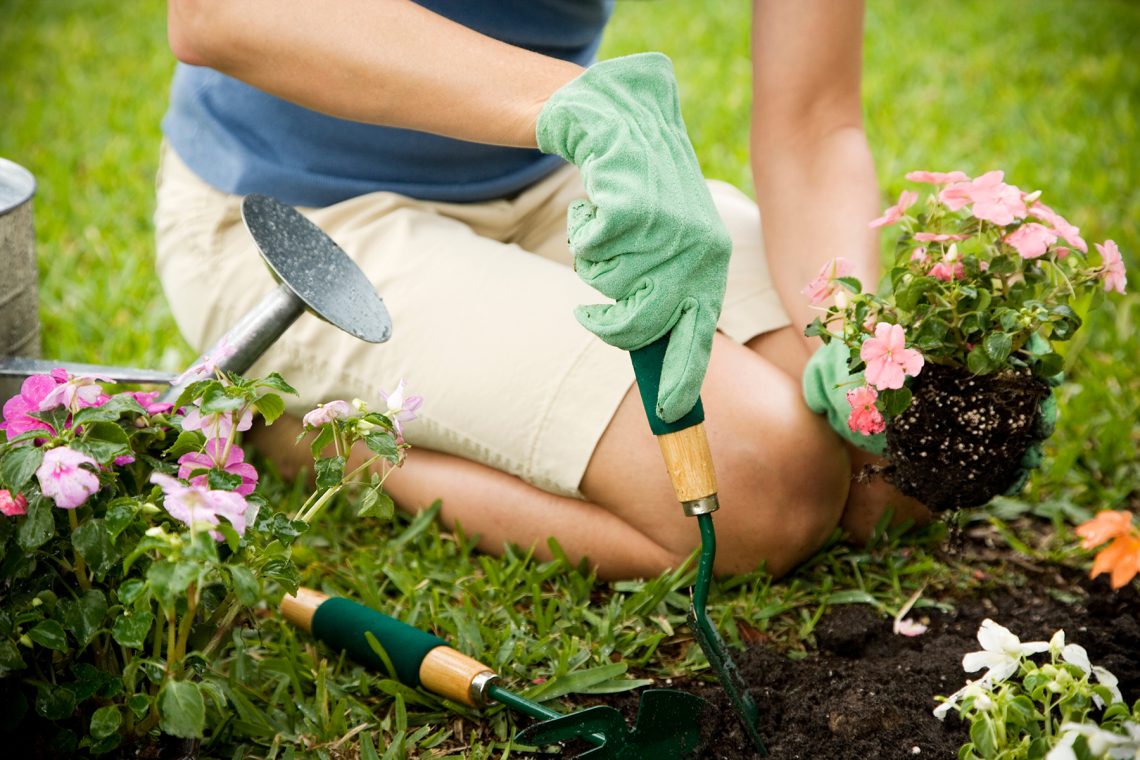Spring is a time of renewal and growth, making it the perfect opportunity to revitalize your outdoor space and set the stage for a bountiful season ahead. Here are some essential tasks and activities you can undertake in your garden during spring:
- Soil Preparation: Begin by preparing your garden beds for planting. Loosen the soil with a garden fork or tiller to improve aeration and drainage. Remove any weeds, debris, or dead vegetation that may have accumulated over the winter months.
- Amend Soil: Test the soil pH and nutrient levels to determine if any amendments are needed. Add organic matter such as compost, well-aged manure, or leaf mold to enrich the soil and provide essential nutrients for plant growth.
- Planting: Spring is an ideal time to start planting a wide range of flowers, vegetables, herbs, and fruits. Choose cold-hardy varieties that can withstand potential late frosts. Consider planting cool-season crops like lettuce, spinach, peas, carrots, and radishes.
- Pruning: Prune deciduous trees, shrubs, and perennial plants to remove dead, damaged, or overgrown branches. Pruning encourages healthy growth, improves air circulation, and enhances the overall appearance of your garden.
- Divide and Transplant: Spring is the perfect time to divide overcrowded perennials and transplant them to new locations. Dividing plants not only rejuvenates them but also allows you to expand your garden and fill in empty spaces.
- Mulching: Apply a layer of organic mulch, such as wood chips, straw, or shredded leaves, around garden beds to conserve moisture, suppress weeds, and regulate soil temperature. Mulching also adds organic matter to the soil as it decomposes.
- Fertilising: Feed your plants with a balanced fertiliser to promote healthy growth and flowering. Choose a fertiliser formulation specifically designed for the type of plants you are growing, whether it be flowers, vegetables, or fruit-bearing plants.
- Pest and Disease Management: Monitor your garden regularly for signs of pests, insects, and diseases. Take preventive measures such as removing debris, practicing crop rotation, and using natural pest control methods to minimise infestations and disease outbreaks.
- Watering: As the weather warms up, ensure that your plants receive an adequate amount of water to support their growth and development. Water deeply and consistently, preferably in the morning to minimise evaporation and fungal diseases.
- Create Wildlife Habitat: Enhance the biodiversity of your garden by incorporating features that attract beneficial wildlife such as birds, butterflies, and pollinators. Plant native flowers, provide shelter, and install bird feeders or birdbaths to create a welcoming habitat for wildlife.
By incorporating these tasks and activities into your spring gardening routine, you can create a vibrant and thriving outdoor space that brings joy and beauty throughout the season. Happy gardening!

